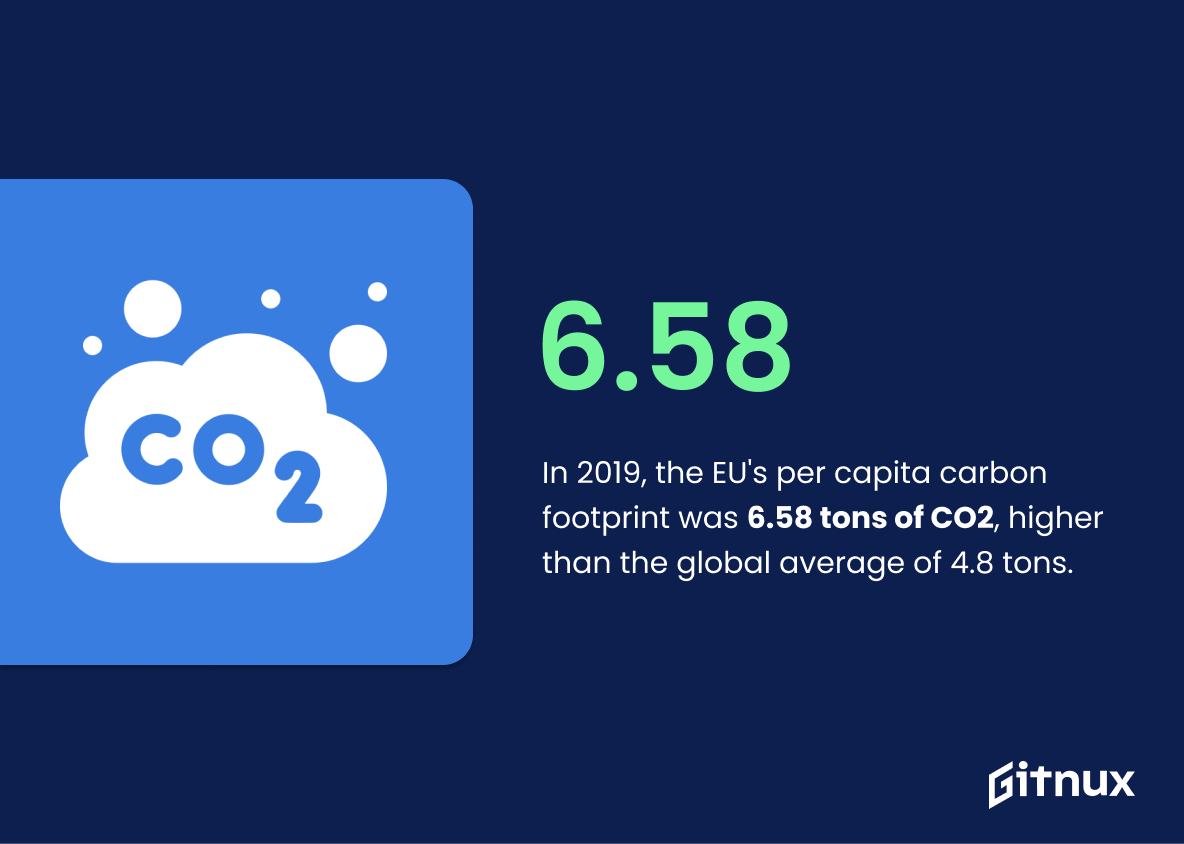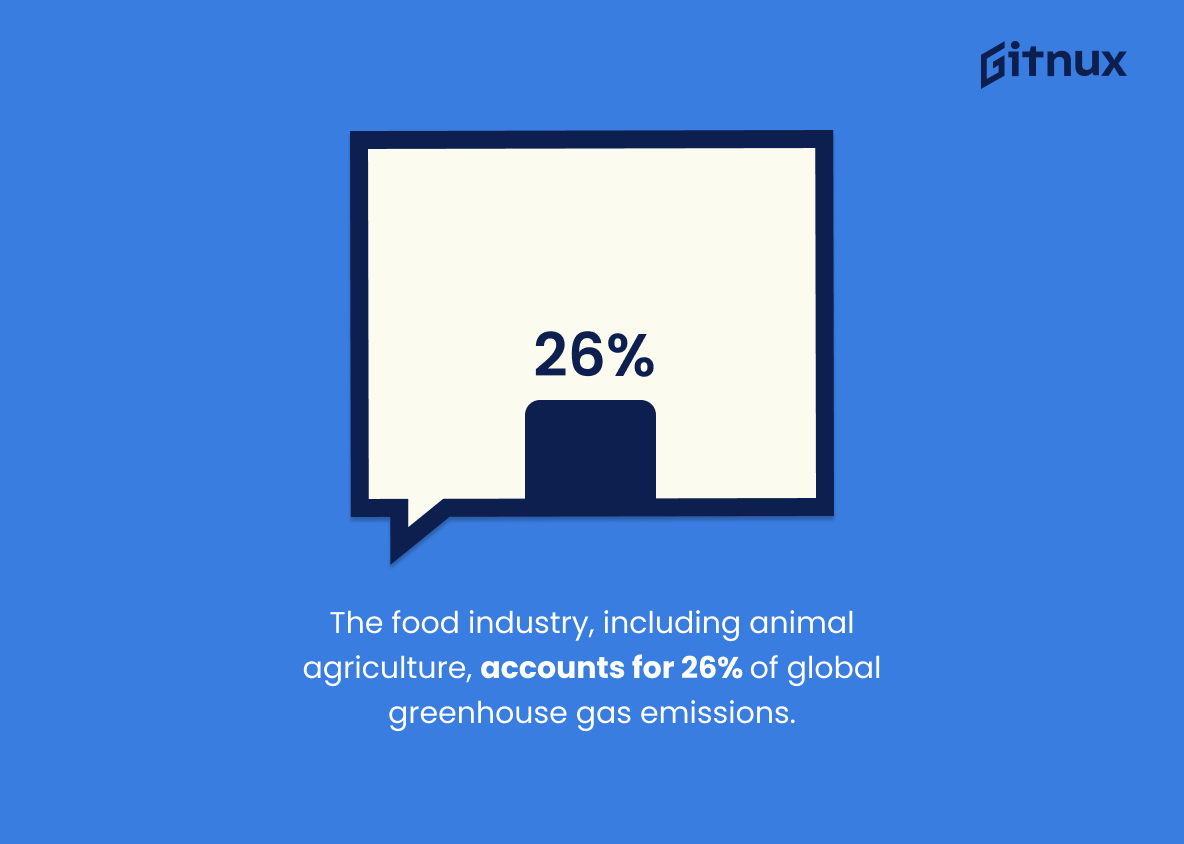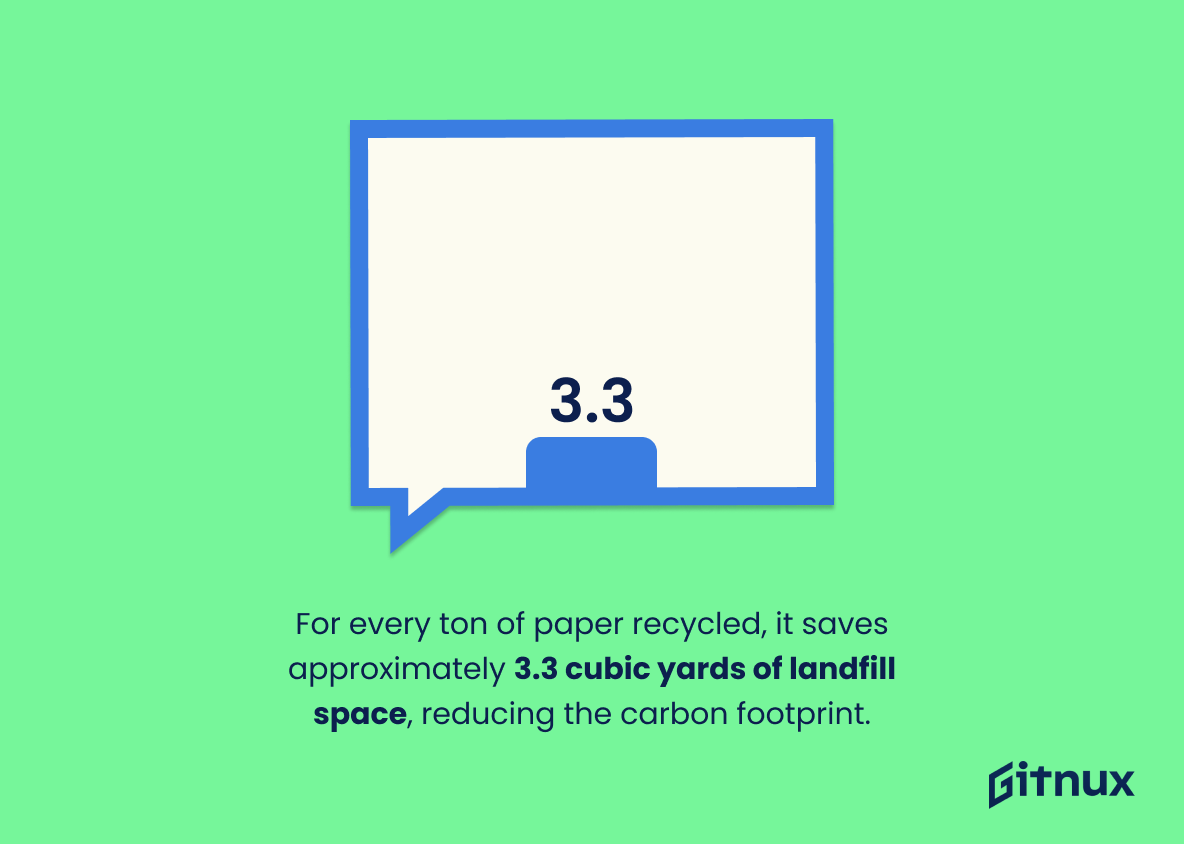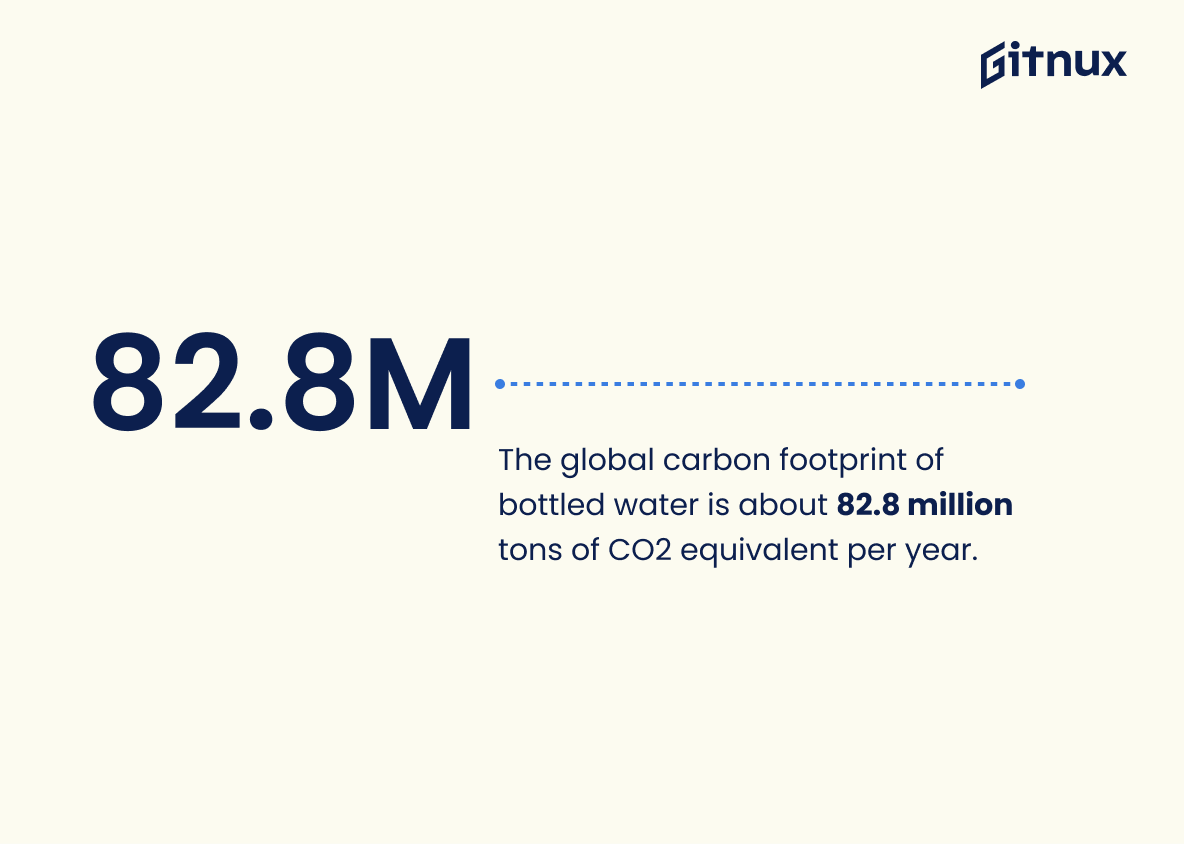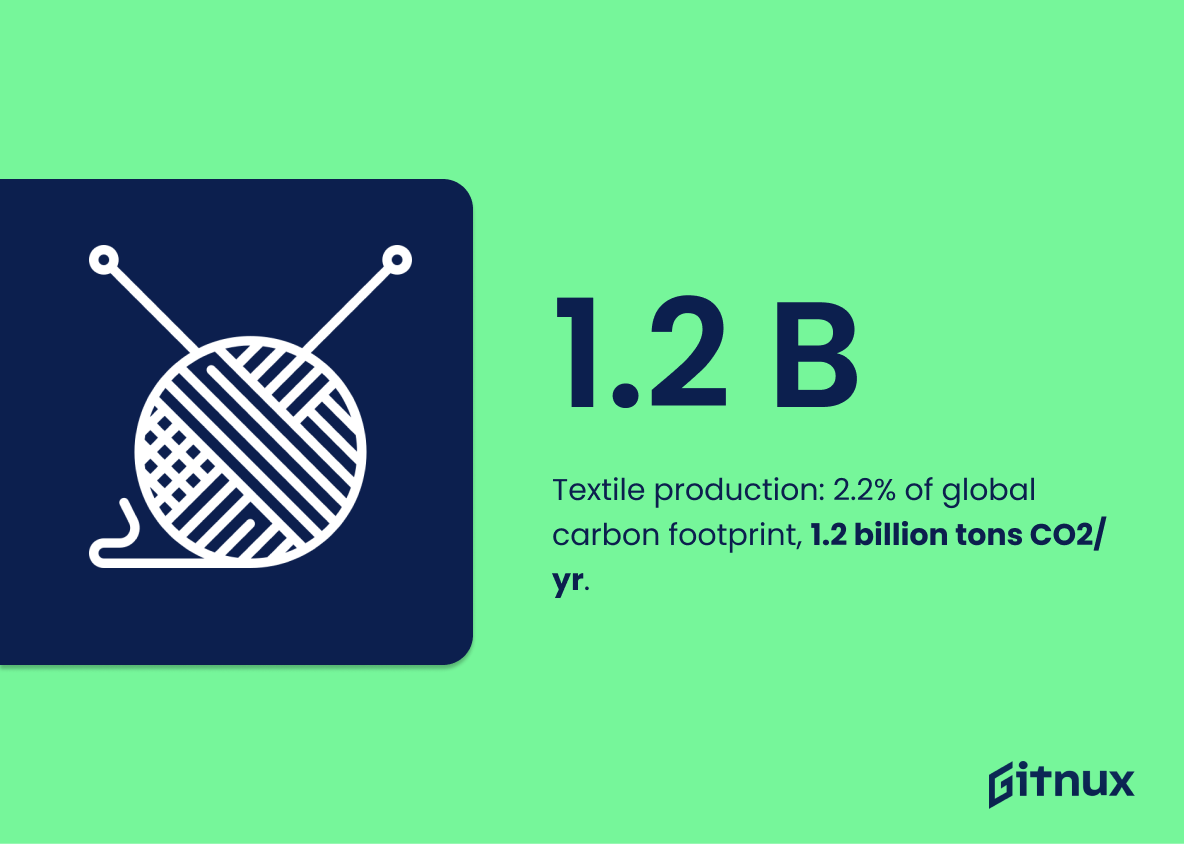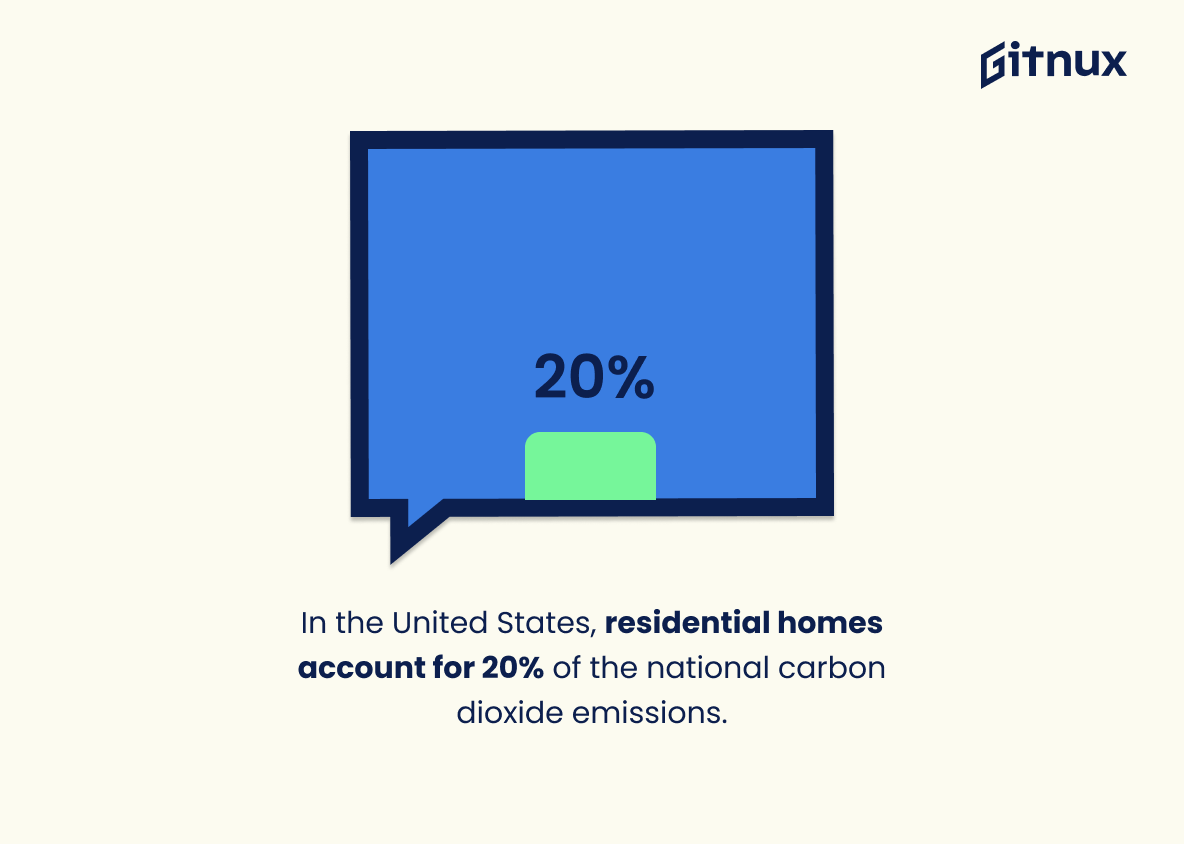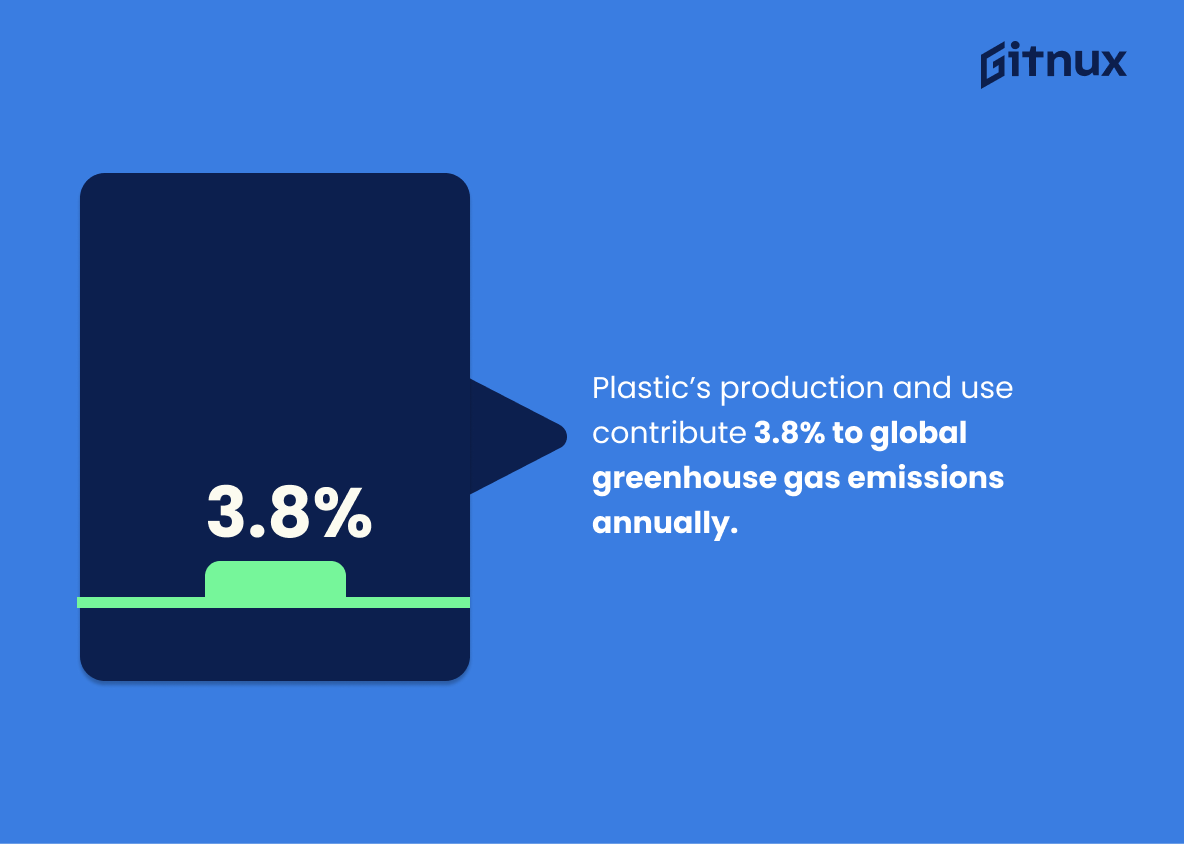Carbon footprints are an important indicator of our environmental impact. From transportation to food production, the way we live and consume affects how much carbon dioxide is released into the atmosphere. In this blog post, we will explore some interesting statistics about global and regional carbon footprints from different sources such as Our World in Data, EPA Greenhouse Gas Emissions data, Statista and more. We’ll look at average per capita emissions for countries around the world; what industries contribute most to greenhouse gas emissions; which activities have a large footprint like air travel or electricity generation; and finally how certain products can reduce their own individual carbon footprint with sustainable practices. So let’s dive right in.
This statistic serves as a stark reminder of the immense environmental impact of the average American compared to the rest of the world. It highlights the need for the United States to take action to reduce its carbon footprint and become more sustainable.
Transportation causes 14% of the global greenhouse gas emissions.
This statistic is a stark reminder of the impact transportation has on the environment. It serves as a powerful reminder that reducing our reliance on cars and other forms of transportation is essential if we are to reduce our carbon footprint and mitigate the effects of climate change.
Carbon Footprint Statistics Overview
In 2019, the European Union’s average carbon footprint per capita was 6.58 tons of CO2 equivalent, compared to the global average of around 4.8 tons.
This statistic is a stark reminder of the fact that the European Union is contributing significantly more to global carbon emissions than the rest of the world. It highlights the need for the EU to take more aggressive action to reduce its carbon footprint and set an example for other countries to follow.
The food industry contributes around 26% of global greenhouse gas emissions with half of it coming from animal agriculture.
This statistic is a stark reminder of the immense impact the food industry has on global greenhouse gas emissions. With half of the emissions coming from animal agriculture, it is clear that the food industry is a major contributor to the climate crisis. This statistic serves as a call to action for individuals and businesses to reduce their carbon footprint and make more sustainable choices.
The fashion industry’s total carbon footprint was 1.715 gigatons CO2-equivalent in 2015.
This statistic is a stark reminder of the fashion industry’s immense contribution to global carbon emissions. It serves as a call to action for the industry to take responsibility and reduce its carbon footprint. It also highlights the need for consumers to be more mindful of their fashion choices and the environmental impact of their purchases.
About 25% of the carbon footprint of an average American is related to the cars they drive.
This statistic is a stark reminder of the impact that cars have on the carbon footprint of an average American. It highlights the need for individuals to take responsibility for their own carbon footprint and to consider the environmental impact of their transportation choices. It also serves as a call to action for policy makers to create incentives for people to switch to more sustainable forms of transportation.
Electricity and heat production contribute to about 31% of the total global CO2 emissions.
This statistic is a stark reminder of the immense impact electricity and heat production have on global CO2 emissions. It serves as a powerful reminder of the need to reduce our reliance on these sources of energy and to find more sustainable alternatives.
Air travel accounts for 2.5% of global carbon dioxide emissions.
This statistic is a stark reminder of the impact air travel has on global carbon dioxide emissions. It serves as a reminder that even though air travel is a convenient and often necessary form of transportation, it still has a significant environmental cost. This statistic is a call to action to reduce our reliance on air travel and to find more sustainable alternatives.
For every ton of paper recycled, it saves approximately 3.3 cubic yards of landfill space, reducing the carbon footprint.
This statistic is a powerful reminder of the positive impact that recycling paper can have on reducing the carbon footprint. By recycling just one ton of paper, we can save 3.3 cubic yards of landfill space, which in turn helps to reduce the amount of carbon dioxide released into the atmosphere. This statistic serves as a reminder that small changes can have a big impact when it comes to reducing our carbon footprint.
The global carbon footprint of bottled water is about 82.8 million tons of CO2 equivalent per year.
This statistic is a stark reminder of the immense environmental impact of bottled water. It highlights the sheer magnitude of the carbon footprint of bottled water, which is equivalent to 82.8 million tons of CO2 per year. This is an alarming figure that should not be overlooked, and serves as a powerful reminder of the need to reduce our reliance on bottled water and find more sustainable alternatives.
Buildings account for approximately 20% of the total carbon emissions in London.
This statistic is a stark reminder of the impact that buildings have on London’s carbon emissions. It highlights the need for more sustainable construction practices and energy-efficient building designs in order to reduce the city’s overall carbon footprint.
If food waste were a country, it would rank third in global greenhouse gas emissions after China and the United States.
This statistic is a stark reminder of the immense impact that food waste has on global greenhouse gas emissions. It serves to illustrate the magnitude of the problem, and how it is on par with the emissions of two of the world’s largest countries. This is a powerful reminder that food waste is a major contributor to climate change, and that it must be addressed in order to reduce global emissions.
Textile production contributes about 1.2 billion tons of CO2 equivalent per year or 2.2% of the global carbon footprint.
This statistic is a stark reminder of the immense impact that textile production has on the global carbon footprint. It serves as a powerful reminder that the fashion industry is a major contributor to climate change and that we must take action to reduce its emissions.
In the United States, residential homes account for 20% of the national carbon dioxide emissions.
This statistic is a stark reminder of the impact that residential homes have on the environment. It highlights the need for individuals to take responsibility for their carbon footprint and to make changes to reduce their emissions. It also serves as a reminder that the collective actions of individuals can have a significant impact on the environment.
Approximately 11% of the European Union’s carbon footprint is due to imported goods.
This statistic is a stark reminder of the impact of global trade on the environment. It highlights the need for the European Union to take responsibility for the carbon footprint of imported goods, and to consider ways to reduce it. It also serves as a warning to other countries and regions that global trade can have a significant environmental impact.
Plastic’s production and use contribute 3.8% to global greenhouse gas emissions annually.
This statistic is a stark reminder of the immense environmental impact of plastic production and use. It highlights the fact that plastic is a major contributor to global greenhouse gas emissions, and that reducing its production and use is essential to mitigating the effects of climate change.
The global e-commerce packaging market generates around 10 million metric tons of CO2 equivalent yearly.
This statistic is a stark reminder of the immense environmental impact of e-commerce packaging. It highlights the sheer magnitude of the carbon footprint generated by the industry, with 10 million metric tons of CO2 equivalent being released into the atmosphere every year. This is a worrying figure that should not be overlooked, and serves as a call to action for businesses and consumers alike to reduce their reliance on e-commerce packaging and find more sustainable alternatives.
Bitcoin mining has a total annual carbon footprint of 18.8 megatons CO2, comparable to the carbon footprint of Hamburg or Las Vegas.
This statistic serves as a stark reminder of the environmental impact of Bitcoin mining. It is a sobering comparison to the carbon footprints of two major cities, demonstrating the sheer magnitude of the emissions generated by this activity. It is a powerful illustration of the need to reduce the carbon footprint of Bitcoin mining and other activities that contribute to climate change.
Meat analogues (plant-based meats) can have up to 90% lower greenhouse gas emissions compared to conventional meat products.
This statistic is a powerful reminder of the potential for plant-based meats to reduce our carbon footprint. By replacing conventional meat products with meat analogues, we can drastically reduce the amount of greenhouse gases released into the atmosphere. This is an important step in the fight against climate change and should be taken seriously.
Conclusion
From these statistics, it is clear that our carbon footprint has a significant impact on the environment. Transportation and electricity production are two of the biggest contributors to global greenhouse gas emissions, while food production and fashion also have large impacts. Additionally, air travel, ICT sector activities, paper recycling efforts, bottled water consumption and buildings all contribute significantly to carbon dioxide emissions in different parts of the world. Furthermore, imported goods from other countries can add up to 11% of Europe’s total carbon footprint. Plastic use adds 3.8%, e-commerce packaging 10 million metric tons annually and Bitcoin mining 18 megatons CO2 yearly – comparable with cities like Hamburg or Las Vegas. Finally meat analogues offer an alternative solution for reducing greenhouse gases by up to 90%.
Overall there are many ways we can reduce our individual as well as collective environmental footprints through conscious lifestyle choices such as using public transportation instead of cars; eating less animal products; buying fewer clothes made from synthetic materials; avoiding single-use plastics whenever possible; switching off electronics when not in use etc., which will help us move towards a more sustainable future for generations ahead.
References
0. – https://www.mdpi.com
1. – https://www.iea.org
2. – https://www.iopscience.iop.org
3. – https://www.statista.com
4. – https://www.greenbiz.com
5. – https://www.data.london.gov.uk
6. – https://www.ourworldindata.org
7. – https://www.eea.europa.eu
8. – https://www.ucsusa.org
9. – https://www.frontiersin.org
10. – https://www.epa.gov
11. – https://www.cell.com
12. – https://www.unctad.org
13. – https://www.atag.org
14. – https://www.fao.org
15. – https://www.nature.com
16. – https://www.archive.epa.gov
17. – https://www.eia.gov
